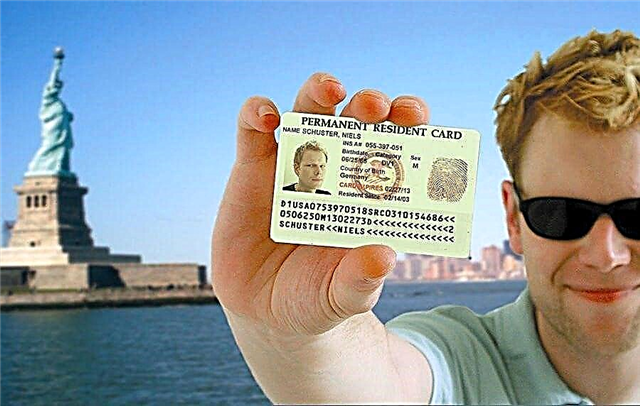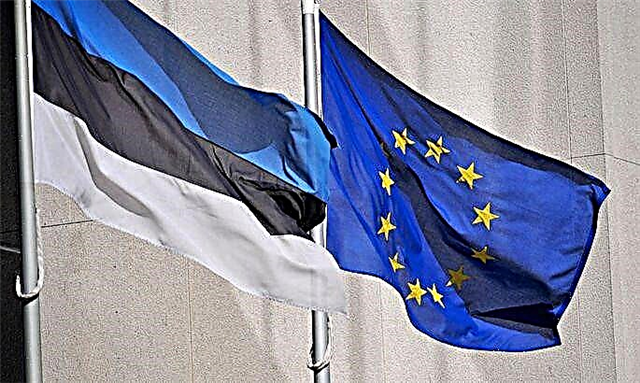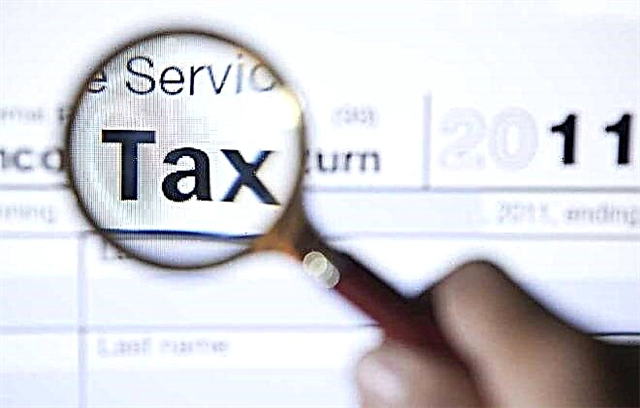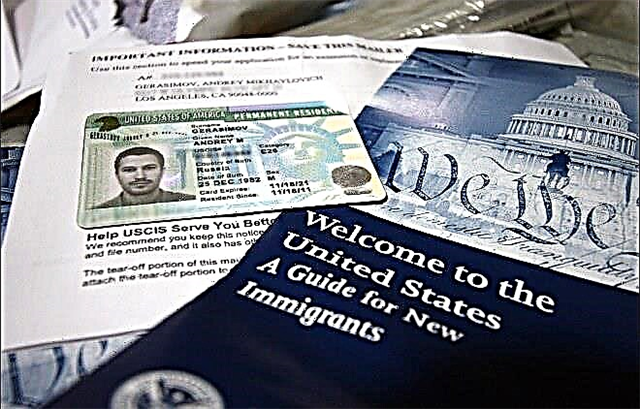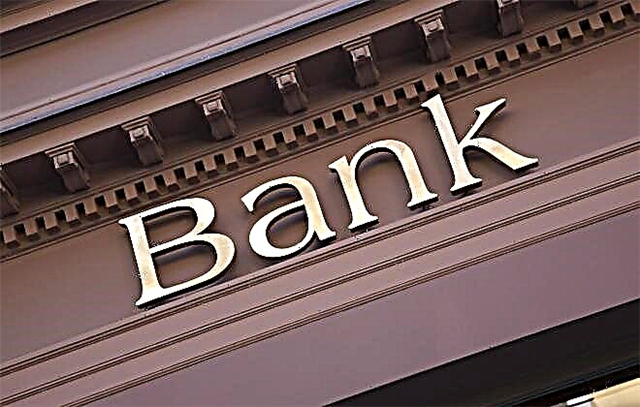Australia has experienced continuous economic growth for many years, and its monetary institutions appear to be resilient. However, in the 1990s, the banking system of the Green Continent was on the verge of collapse and the banks in Australia were forced to carry out a number of serious reforms, in particular, by minimizing activity at the international level. Therefore, being isolated, the country's banks were slightly affected by the financial crisis that swept the whole world in 2009. And upon its completion - in 2021 - their shares were valued in Europe higher than the securities of European banks.

Features of the Australian banking system
The Australian banking system is extremely concentrated. 4 leading financial institutions, including 3 private banks and one state-owned, account for more than 90% of loans and deposits.
For many years, the authorities of the Green Continent have prohibited the opening of branches of foreign credit and monetary institutions in the country. The ban was lifted only in 1985. Then licenses for conducting financial activities were issued to 16 foreign banking structures.
The functions of the Central Bank on the Green Continent have been performed by the Reserve Bank of Australia (hereinafter RBA) since 1960. Prior to this, the Bank of Australia played the role of financial regulator.
In the competence of the RBA:
- management of the state's gold and foreign exchange reserves;
- regulation of the Australian monetary and banking system;
- emission of national currency.
The key goal of the RBA is to keep inflation within acceptable limits.
The official website of the Australian Reserve Bank contains all the information you need to conduct business, from currency quotes to news items.
More than 70 banks operate in Australia, 34 of which offer services to individuals.
How to open a bank account in Australia
 To successfully open an account in an Australian bank, a non-resident (this also applies to Russians) should know the following conditions:
To successfully open an account in an Australian bank, a non-resident (this also applies to Russians) should know the following conditions:
- to carry out this operation during the first 6 weeks of stay in Australia, you will only need a valid international passport;
- when contacting a bank after a 6-week stay in the country, it will be necessary to present several securities giving a total of 100 points according to the standards of the Financial Transaction Report Act 1988.
Persons who have moved to permanent residence are advised to open a bank account in Australia - and not one, but several at once. In particular, it will be possible to put all the money brought to the Green Continent in the form of cash into the accumulative account. Such a decision will bring the client of a financial institution an income of 5% per annum.
In addition, it will be possible to open an account called every day account. It is required to receive benefits from the Australian Department of Social Services Centrelink, payroll, etc.
It is not necessary to visit a bank branch when opening an account. You just need to register on the Internet resource of a suitable financial institution.
The Big Four banks of the Green Continent are composed of:
- Commonwealth bank
- NAC
- ANZ
- Westpac.
You can open an account with these credit and monetary institutions 12 calendar months before moving to the country. And, although the registration will take only 10 minutes, upon arrival in Australia, you will still need to come to the bank branch - in order to submit a package of documents. It is possible to replenish the account until then, but to withdraw money is not.
List of documents
 Documents submitted for obtaining 100 or more points required to open an account with an Australian bank are divided into 2 types:
Documents submitted for obtaining 100 or more points required to open an account with an Australian bank are divided into 2 types:
Primary documents These include:
- valid passport;
- certificate of citizenship;
- birth certificate.
This group also includes a certificate of refugee status and a diplomatic passport. When submitting each of the above documents, an applicant for opening an account with an Australian bank is awarded 70 points.
But the scheme that provides for gaining 140 points by presenting, for example, a passport and a birth certificate, in this case does not work. You will have to pick up points with secondary securities.
Secondary documents Their list looks like this:
- any document bearing a photograph and / or signature (for example, a driver's license);
- an identification card issued by any government organization or service;
- pensioner's card, medical card (Health);
- card issued by the university.
The first document from this group will bring 40 points, the rest - 25 points each.
Papers submitted for obtaining 100 points can be useful when applying for a mortgage.
You also need to know this: the documents will need to be translated into English. You must contact a certified authority (such as the Department of Immigration and Citizenship) for this service. You will have to pay for the translation.
At the same time, Australian government agencies prepare documents exclusively for money. In particular, a certificate from the above department stating that a person is a permanent resident and not a citizen of the country will cost him about $ 70.
Bank account expenses
 Most banks on the Green Continent have no monthly fees at all, or they charge a minimum amount. If the account constantly contains funds in a certain amount, sometimes the fee is liquidated. As a rule, 2 thousand AUD is sufficient (this is how Australian dollars are denoted according to the ISO 4217 standard).
Most banks on the Green Continent have no monthly fees at all, or they charge a minimum amount. If the account constantly contains funds in a certain amount, sometimes the fee is liquidated. As a rule, 2 thousand AUD is sufficient (this is how Australian dollars are denoted according to the ISO 4217 standard).
Previously, financial institutions in Australia performed only a fixed number of transactions for free. This led to additional costs for each cash withdrawal procedure or for any card payment. Now, in most banks, almost all transactions are free.
But it is worth remembering: in Australia, you are not charged for cashing out only when using your bank's ATM. When operating through a device of another bank, one transaction will cost an average of 2 AUD.
You should also pay attention to such a moment. Most Australian bank accounts are not subject to overdraft. Thus, withdrawing cash in excess of the account balance will require additional fees.
Some Green Continent monetary institutions do not charge an overdraft fee, while others make decisions based on certain circumstances. For example, banks sometimes turn a blind eye to the first overdraft. This question should be clarified.
Take a sociological survey!
[yop_poll id = ”14 ″]
Which bank to choose for cooperation
When choosing a financial institution, many of our contemporaries act very simply - they prefer the largest ones. Therefore, it will be advisable to study the rating of Australian banks according to this criterion:
- Westpac Banking Corporation. The bank has the widest branch network of Australian financial institutions with 1,400 offices. It was named the winner of the Money Magazin competition, which evaluated the innovative features of an online banking service. In 2021, the market capitalization of this banking corporation was USD 96 billion. The headquarters are located in Sydney.
- The leader of the Australian financial market is the National Australia Bank (abbreviated as NAB). In the rating of the consulting company Global Finance, it ranks 18th in the world. The volume of the bank's assets within the country reaches $ 510 billion. NAB also conducts its business in the USA, Great Britain, Asian countries and New Zealand. As of the end of 2021, this bank served more than 8 million individuals and companies. Its headquarters are located in Melbourne.
- Commonwealth Bank of Australia.Today, the Commonwealth Bank (this is how the name of this financial conglomerate is translated into Russian) has opened more than 1,000 branches and about 3,300 ATMs in the country. The volume of assets in mid-2021 was $ 976.5 billion. The range of products includes deposit accounts, bank cards, mortgages and more. The Commonwealth Bank is headquartered in Sydney
- Australia and New Zealand Banking Group (abbreviated ANZ). In the structure of the business of this bank, the largest weight is accounted for by operations in Australia. His "daughter" - ANZ National Bank works in New Zealand. The headquarters are located in Melbourne.
Money transfer methods
 There are many payment systems that provide the ability to make money transfers between Australia and the Russian Federation. Let's take a quick look at the most popular ones.
There are many payment systems that provide the ability to make money transfers between Australia and the Russian Federation. Let's take a quick look at the most popular ones.
Western Union. The most famous system that allows you to make international money transactions without opening a bank account. Below are the rates for transferring funds from / to Australia to / from Russia.
- For a transfer from $ 3 to $ 100, $ 10 is charged.
- The cost of transferring an amount from $ 100.01 to $ 2,400 ranges from $ 20 to $ 101.
- For every $ 600 over 2,400, the payment increases by $ 20.
The payment of the amount can be made within 5 minutes after the transaction is assigned an identification number.
System of interbank payments SWIFT. Today, more than 10 thousand financial organizations from more than 200 countries (including Russia and Australia) are its participants. Each bank offers its own terms of money transactions. In Sberbank, they look like this:
- the size of the commission in rubles - 2%: min - 50 rubles; max - 1500 ₽;
- commission fee in US dollars - 1%; min - $ 15; max - $ 200.
The term of the transfer is no more than 2 days.
International service MoneyGram. You don't need a bank account here either. The service is convenient for migrants working in Australia and transferring the earned money to their homeland.
The size of the commission depends on the amount and can be up to $ 70. The money will be available to the recipient in 10-15 minutes from the moment of the transaction.
Thus, if speed of translation is critical, Western Union is the best option.
Conclusion
Banks operating in the Commonwealth of Australia are reliable because they are very conservative. At the same time, due to the constantly ongoing struggle for the client, their services are diverse and convenient.
The level of competition has increased markedly since 1985, when 16 foreign monetary institutions were licensed to conduct banking activities in the Green Continent.



